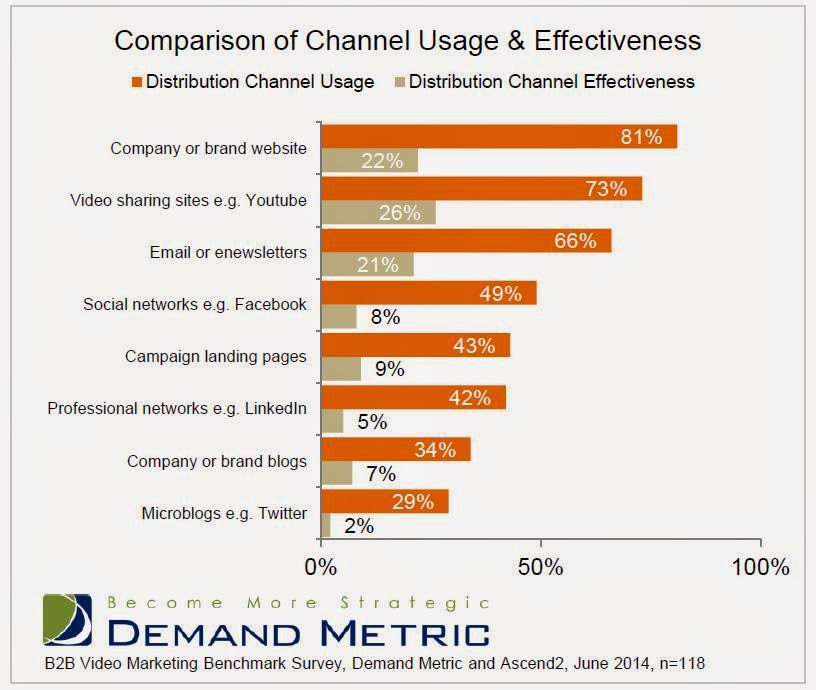There has been a lot of talk in the marketing world recently
about content marketing and how it helps to attract more customers to your
website, increasing the chances of your website getting to number 1 on Google, but
I’d argue that a company website is more important than content, especially when it is a
website that holds the content together.
I’ve seen some brands focusing on their content marketing
and tweeting links to their website and/or blog through social media, yet when you
click through and find a website that doesn’t welcome nor engage with you, the
likelihood of you leaving the website is pretty high.
It’s the same as a shop for example, you walk past and see an
advert on the door stating ‘new summer collection’ brochure available in store,
so you enter the shop but when you enter it’s a dark, dull and gloomy store and
you realise that actually it isn’t somewhere you want to shop and your instinct
rejects taking a brochure and then you leave the shop. Well it’s the same as a
website, why do you want to read content on a dull and gloomy website? You
don’t and neither will your target audience. Your website is your shop front
and the purpose is to invite interest and educate your audience on what your
company does.
So how do you design
your website in a way your customers won’t leave?
Easy. Think of it like a book, you open the book and you
have a list of contents navigating you to the topic you want on a specific page
number. Well, it’s the same on your website, but instead of having page
numbers, you have different links for users to click enabling them on a simple
journey through your website.
The different links can be anything from menus, text link,
buttons and/or drop down navigation, all of which enables the user to navigate your
website in the way they want too, clicking link after link, without realising
they have read multiple pages of content and engaged with everything you have
had to say. Does that sound good? Of course it does- wouldn’t it be great if
every user that come to your website viewed every single page?
Here are 3 tips to remember when designing the navigation of
your website:
Provide a variety of options.
Every user navigates differently on a website and good
navigation is not about ‘go here’, ‘go there’, but it is about giving them a variety
of option to choose from. Most websites have a primary and secondary menu to
give users a selection of pages which they most likely want to view and then
content that is of secondary interest, for example FAQ’s etc which can often be
found in the footer of a website.
Let readers know where they are.
With the variety of links available, users can become
‘click-happy’ and find it difficult to return to the page they were on, which
is why it is equally important to let the user know what page they are on. (This
can be done through breadcrumbs which provide keyword links on your page).
Consider road signs for example, they are not forceful in
suggesting what way you should go, instead they help prompt your direction and
let you know where you are, in the same way a website should tell you what page
you are on and let you know there are other pages to see if you wish also.
Consistency is Key.
When visitors come to your site you want them to figure out
how to navigate quickly. Usually this is done by a bar at the top of every page
that stays the same. The visitors will soon learn through repetition, how to
get around your website and the consistency will improve their overall
experience on your website.
An aspect of consistency differs and does not solely include
the navigation. It also includes the tone and language, look and feel.
Take a look at Dior’s & Carlsberg’s website which won awards for navigation in
2014: http://www.dior.com/beauty/en_int/minisite/dior_addict.html
Agree? Disagree? share your thoughts on Navigation Vs Content...
Follow @gemmediamk www.twitter.com/gemmediamk























